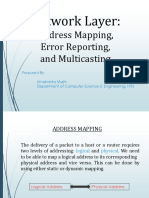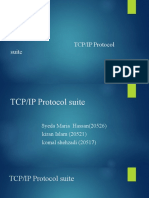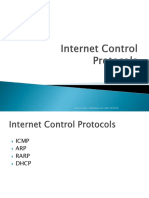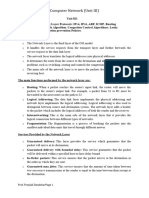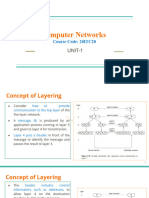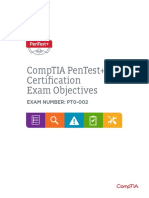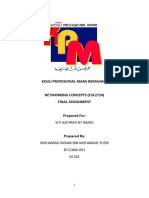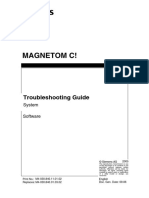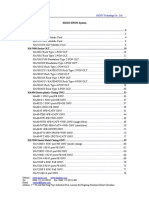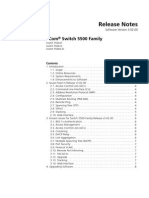0% found this document useful (0 votes)
40 views26 pages2-IP Addressing Subnet Internet Control Protocols
This document provides an overview of basic IP protocols including IP addressing, subnetting, routing, and ICMP. It describes how IP provides an unreliable, connectionless datagram service at the network layer. ICMP and other control protocols like ARP are used to support IP operations and provide functions like error reporting, address resolution, and flow control. Common protocols like TCP and UDP are described as reliable vs. unreliable transport layer options that operate over IP.
Uploaded by
Abhiram SayaniCopyright
© © All Rights Reserved
We take content rights seriously. If you suspect this is your content, claim it here.
Available Formats
Download as PPT, PDF, TXT or read online on Scribd
0% found this document useful (0 votes)
40 views26 pages2-IP Addressing Subnet Internet Control Protocols
This document provides an overview of basic IP protocols including IP addressing, subnetting, routing, and ICMP. It describes how IP provides an unreliable, connectionless datagram service at the network layer. ICMP and other control protocols like ARP are used to support IP operations and provide functions like error reporting, address resolution, and flow control. Common protocols like TCP and UDP are described as reliable vs. unreliable transport layer options that operate over IP.
Uploaded by
Abhiram SayaniCopyright
© © All Rights Reserved
We take content rights seriously. If you suspect this is your content, claim it here.
Available Formats
Download as PPT, PDF, TXT or read online on Scribd
/ 26




